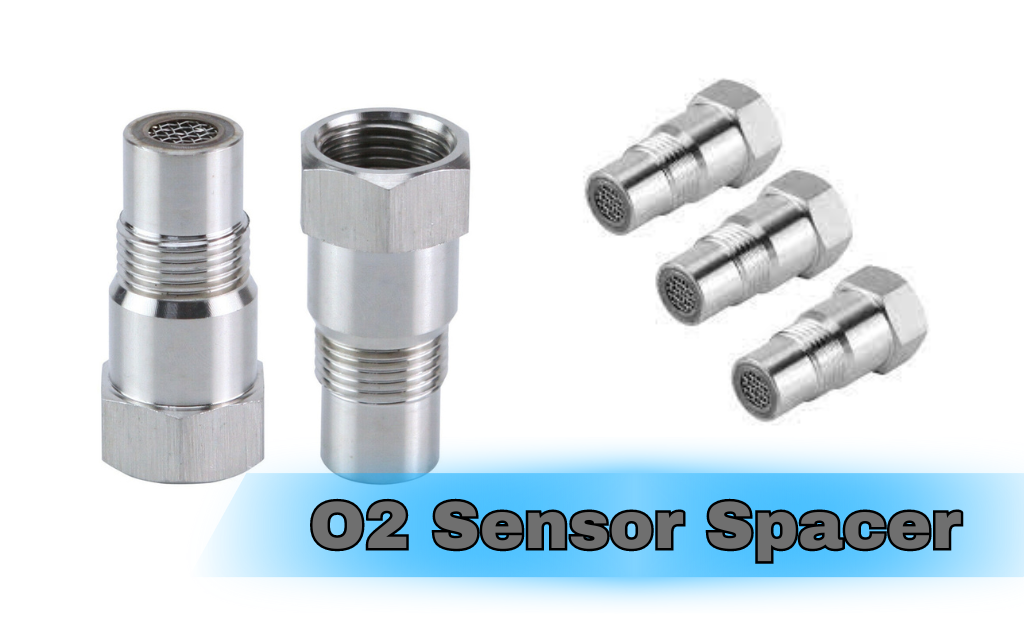Oxygen sensor spacers, commonly known as O2 sensor spacers, have become a popular aftermarket accessory in the automotive world. This essay explores the purpose of O2 sensor spacers, their impact on emissions control, and provides examples of their application in the automotive industry.
I. Understanding O2 Sensor Spacers:

Oxygen sensors, or O2 sensors, play a critical role in monitoring the oxygen content in a vehicle’s exhaust gases. O2 sensor spacers are small devices inserted into the exhaust system, typically placed before the oxygen sensor. The primary purpose of these spacers is to modify the readings provided by the O2 sensor, often with the goal of optimizing fuel efficiency, engine performance, or addressing specific aftermarket modifications.
Example: In scenarios where vehicle owners install performance-enhancing modifications such as high-flow catalytic converters or aftermarket exhaust systems, O2 sensor spacers may be used to prevent triggering the check engine light. By adjusting the sensor’s reading, these spacers can help maintain proper fuel-air ratios and reduce the likelihood of false error codes.
II. Impact on Emissions Control:

O2 sensor spacers can have implications for emissions control, as they may alter the readings that the O2 sensor sends to the engine control unit (ECU). While some applications focus on improving performance, others use O2 sensor spacers to address emission-related issues or meet regulatory requirements without compromising vehicle efficiency.
Example: In areas with stringent emission standards, vehicle owners might use O2 sensor spacers to help their vehicles pass emissions tests. By adjusting the O2 sensor readings, these spacers can potentially bring the vehicle within compliance limits without negatively impacting its overall performance.
III. Types of O2 Sensor Spacers:

There are various types of O2 sensor spacers available, each designed for specific purposes. Some spacers include catalytic converters to aid in further emissions reduction, while others are simple extensions that move the O2 sensor away from the direct exhaust stream, affecting the sensor’s response time.
Example: A common type of O2 sensor spacer is the angled defouler, which changes the angle and position of the O2 sensor. This can be useful for addressing issues related to catalyst efficiency or preventing the check engine light from being triggered after modifications.
IV. Considerations and Controversies:

While O2 sensor spacers can be beneficial for certain applications, there are considerations and controversies surrounding their use. Critics argue that modifying O2 sensor readings can lead to inaccurate emissions data, hindering efforts to address environmental concerns and enforce emission standards.
Example: Some environmental advocates express concerns about the potential misuse of O2 sensor spacers to bypass emission regulations. It is crucial for vehicle owners to use these devices responsibly and comply with local emission standards to ensure both performance enhancement and environmental responsibility.
Conclusion:

O2 sensor spacers have become a notable component in the aftermarket automotive world, offering vehicle owners a tool to fine-tune performance and address specific issues related to emissions control. While their use requires careful consideration and adherence to local regulations, O2 sensor spacers showcase the adaptability of automotive technology to meet diverse needs, whether for performance enhancement or emissions compliance.




